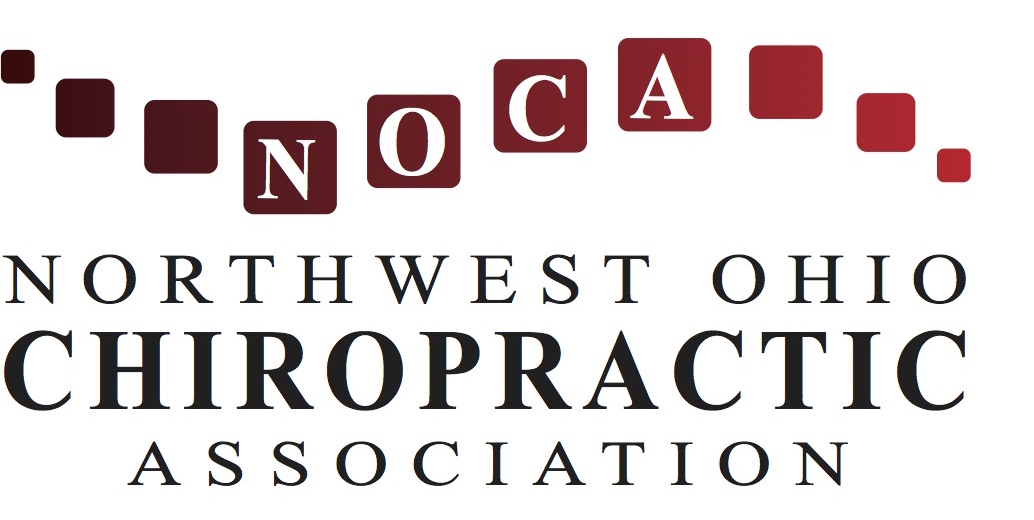CHIROPRACTIC CARE VS. OPIATE PRESCRIPTIONS
Which option is best for you?
Across all demographics, the regular use of opiates is mounting, and the overmedication of patients has become a hot topic of interest. However, most are not aware of the hard numbers. A recent Mayo Clinic study put some startling statistics to a problem we were already well aware of: The majority of American adults are on at least one prescription drug. According to the researchers, just over half use two prescriptions and sadly 20 percent take five or more. Among the most commonly prescribed drugs are opioid painkillers and antidepressants. Not surprisingly, research found a direct correlation between regular use of painkiller opioids and depression. It’s a cycle that, once it begins, can be incredibly difficult to break. As overuse of these drugs continues to rise, the incident of overdose fatalities skyrockets.
Staggering Statistics About America's Opioid Epidemic
America's prescription opioid epidemic is a topic of national news.
How bad is the problem? Here are some statistics via The Centers for Disease Control and Prevention (CDC), which released guidelines in March 2016 encouraging health care providers to try safer alternatives for most pain management:
· In 2012, health care providers wrote 259 million prescriptions for opioid pain medication, enough for every American adult to have their own bottle of pills.
· 1 in 4 people who receive prescription opioids long term for non-cancer pain in primary care settings struggles with addiction.
· Heroin-related overdose deaths more than quadrupled between 2002 and 2014, and people addicted to prescription opioids are 40 times more likely to be addicted to heroin.
· More than 165,000 persons in the United States have died from opioid pain-medication-related overdoses since 1999.
· Every day, more than 1,000 people are treated in emergency departments for misusing prescription opioids.
What Can Be Done?
Evidence that dependence on prescription painkillers can result in devastating consequences continues to mount. As it does, patients and physicians alike are beginning to realize the true importance of alternative treatment options. If the need for such strong medications can be reduced, side effects such as depression and even instances of death can be greatly diminished.
Given the number of these cases with pain originating in the back and neck, chiropractors are especially skilled at bringing relief before the condition escalates to a point of dependence on pain medications or even surgery. In fact, a study published in The Annals of Internal Medicine revealed that patients who regularly saw a chiropractor had a 75 percent reduction in their neck pain, while only 33 percent of those who took prescription pain killers saw improvement.
America’s increasing prescription narcotic epidemic is leading to higher rates of overdose and increased reports of depression and anxiety. While pain may be temporarily relieved, over time, higher doses will be required and side effects with life-altering consequences may be felt. By addressing underlying causes of pain, chiropractic care has been shown to offer more dramatic and longer lasting pain relief without the downsides of prescription drugs.
The U.S. Surgeon General launched a national campaign #TurnTheTideRx to raise awareness about the risks of opioids and the safe alternatives for long-term pain management. Be apart of the solution and join the movement at www.surgeongeneral.gov.
Do you know someone in pain? Encourage them to talk to their Chiropractic physician about safe ways to manage pain. Below, are a few key documents to learn about and engage in discussions regarding safe and effective pain management options and solutions.



